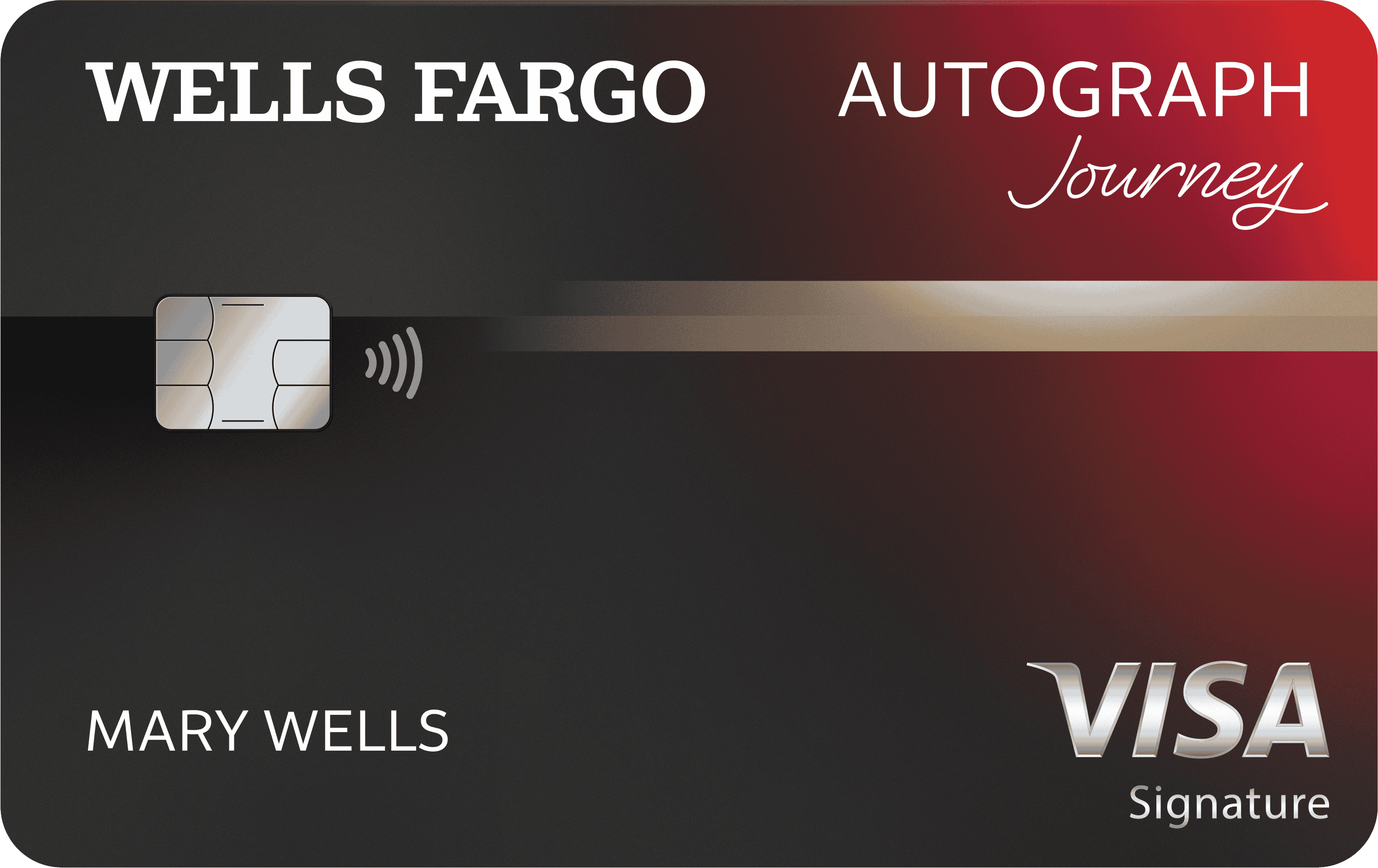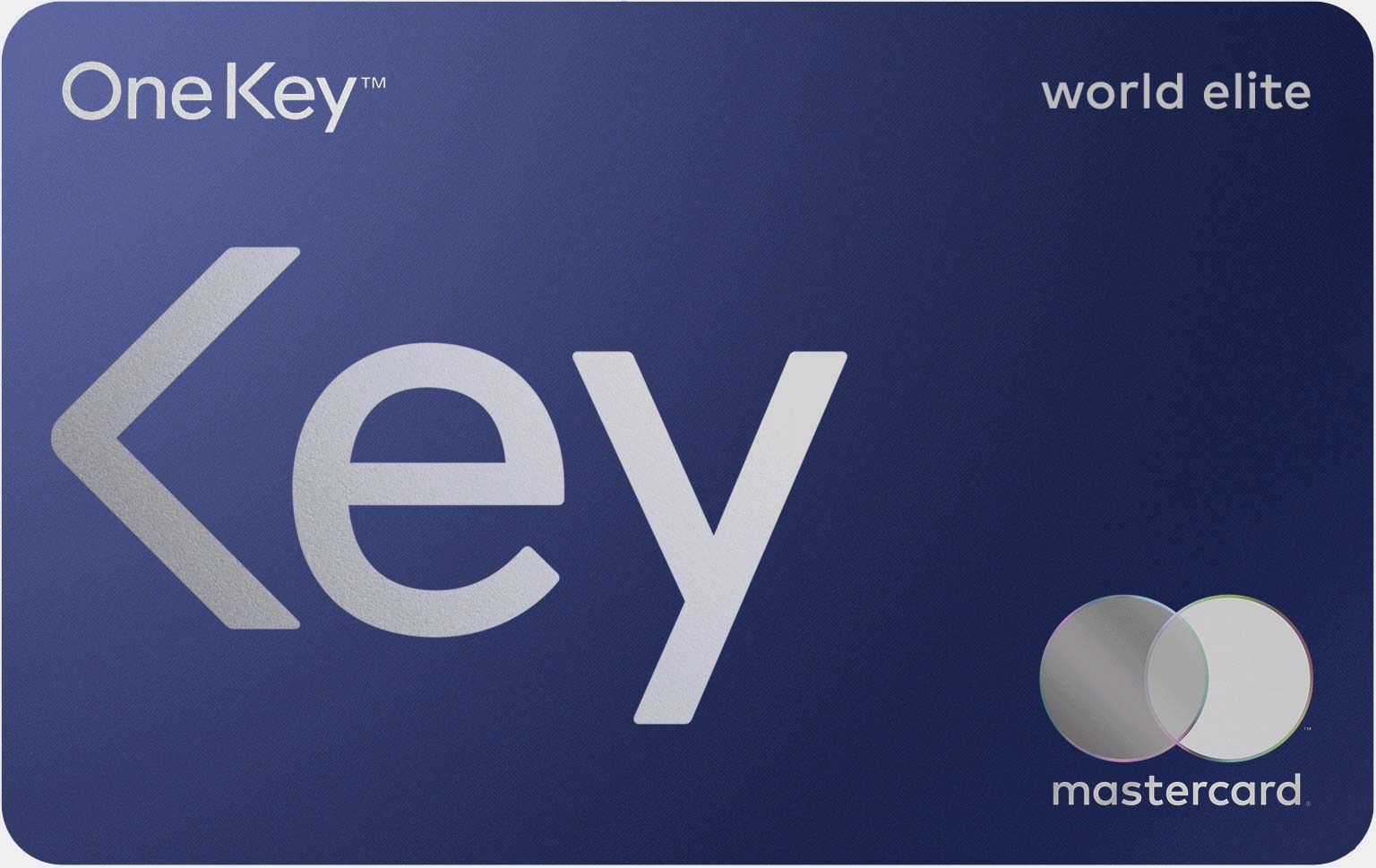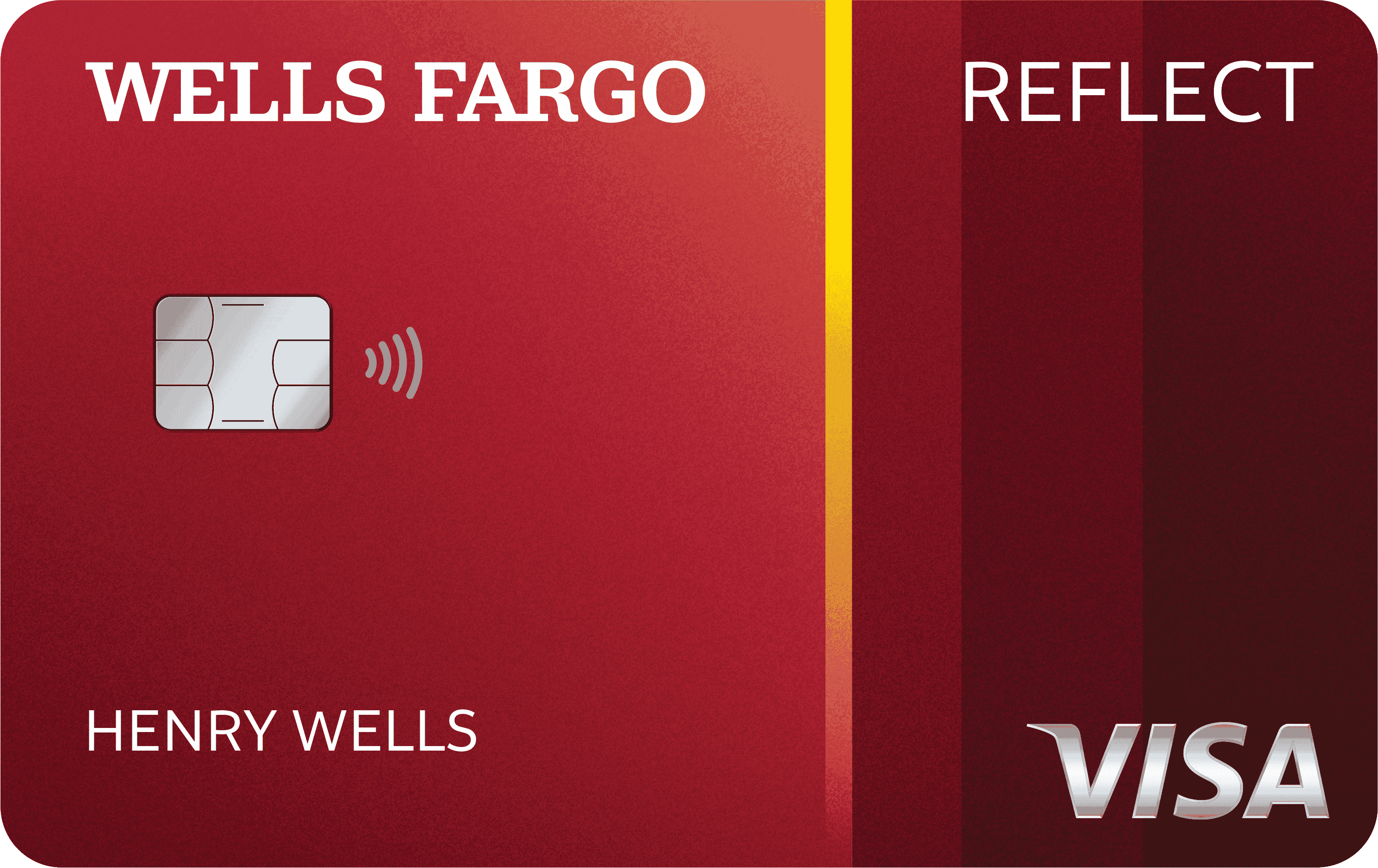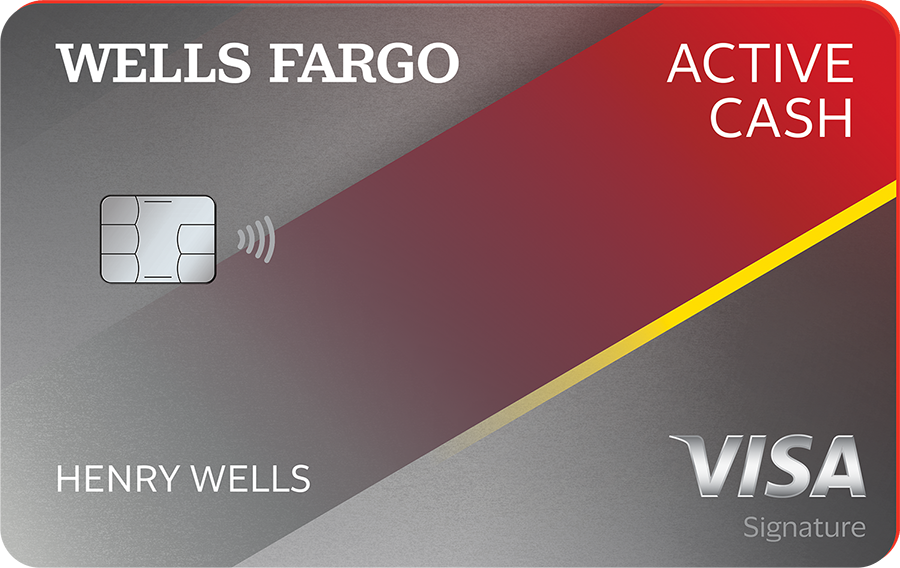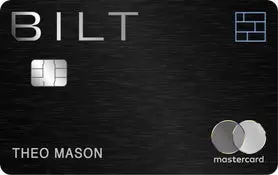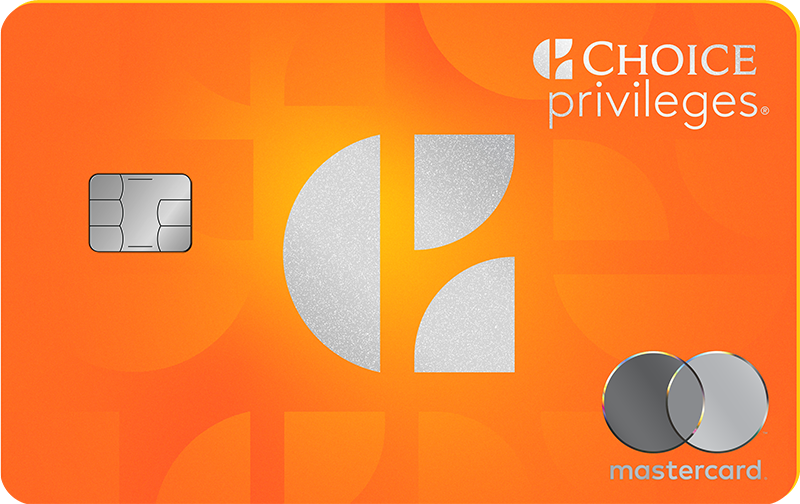5 Wells Fargo Reflect Card Benefits You Didn’t Know About

The Wells Fargo Reflect® Card may not offer rewards points or cash back, but that doesn’t mean it doesn’t have plenty to offer the right cardholder. For one, the card has some of the most competitive introductory offers for both balance transfers and new purchases — offering payment flexibility to cardholders financing large purchases or working to pay down debt.
But the card also has other valuable perks, including cell phone protection and roadside dispatch. To get the most out of your Reflect Card, don’t miss out on these benefits.

400+ Credit Cards
Analyzed independently across 50+ data points in 30+ product categories

Reviewed
By a team of credit card experts with an average of 9+ years of experience

Trusted by
More than one million monthly readers seeking unbiased credit card guidance
CardCritics™ editorial team is dedicated to providing unbiased credit card reviews, advice and comprehensive comparisons. Our team of credit card experts uses rigorous data-driven methodologies to evaluate every card feature, fee structure and rewards program. In most instances, our experts are longtime members or holders of the very programs and cards they review, so they have firsthand experience maximizing them. We maintain complete editorial independence — our ratings and recommendations are never influenced by advertiser relationships or affiliate partnerships. You can learn more about our editorial standards, transparent review process and how we make money to understand how we help you make informed financial decisions.
1. Balance Transfer Introductory APR
Perhaps the primary draw of the Wells Fargo Reflect Card is its introductory APR offers, including one of the longest 0% intro APRs for balance transfers currently available on a credit card.
The Reflect Card offers new cardholders a 0% intro APR for 21 months from account opening on qualifying balance transfers, followed by a 17.49%, 23.99%, or 28.24% Variable APR based on creditworthiness. Balance transfers are subject to a transfer fee of $5 or 5%, whichever is greater.
With this offer, new users can enjoy nearly two years to pay down existing credit card balances before they have to worry about the standard interest rate kicking in. Given that credit card interest rates are so high, this can save those with high balances quite a bit in interest over time.
2. Purchase Introductory APR
The Wells Fargo Reflect Card card also has one of the best introductory APRs available for new purchases. Like with balance transfers, the card offers a 0% intro APR for 21 months from account opening on purchases, with a 17.49%, 23.99%, or 28.24% Variable APR thereafter.
The purchase APR can come in handy if you have a large purchase or more expenses than usual coming up. I used my Reflect Card to pay for moving expenses when I relocated from Texas to Massachusetts last year. Then, the card was useful again when the water line burst in my house, and I didn’t have the spare cash to cover the repair in full up front.
3. Cell Phone Protection
A lesser-known, but valuable, benefit of the Wells Fargo Reflect Card is its cell phone protection perk. A feature of all the best Wells Fargo credit cards, cell phone protection can help you cover the cost to repair or replace your phone if it is damaged or stolen.
To qualify for cell phone protection, you must pay your phone bill with your Reflect card. Then, you can be covered for up to $600 per claim, up to twice per 12-month period. A $25 deductible applies. Coverage is secondary, meaning you must submit a claim with any other applicable insurance policies — say your homeowner’s policy or a cell phone insurance plan — and Wells Fargo will pay for costs for repair or replacement not covered.
4. Roadside Dispatch
Stuck on the side of the road? Your Wells Fargo card can help get you out of a tight spot. Eligible Wells Fargo cardholders qualify for 24/7 roadside dispatch service. You may be subject to fees for roadside assistance and towing services, but if you don’t have a membership with AAA or a similar service, this perk can come in handy.
5. My Wells Fargo Deals
The Wells Fargo Reflect Card doesn’t earn any rewards, focusing instead on introductory offers for balance transfers and new purchases. Still, you can earn a bit of cash back with My Wells Fargo Deals, a card-linked offer program available for Wells Fargo cardholders.
These deals allow you to activate offers and earn either a percentage or a flat amount of cash back on purchases from partner brands. I’ve found deals for up to 10% back on eligible purchases. Though you won’t earn cash back on every purchase with this card, the program is a good way to eke out a few rewards.
Frequently Asked Questions About Wells Fargo Reflect Card Benefits
What are the disadvantages of the Wells Fargo Reflect Card?
The biggest disadvantages of the Wells Fargo Reflect Card are the fact that it doesn’t earn rewards and that it charges a high balance transfer fee. Cardholders who want to earn cash back or points on their purchases won’t be able to do so with the Reflect Card. And those who want to take advantage of the introductory APR offer on balance transfers will need to pay a fee of 5% (minimum $5), which can add up on larger balances.
What is the difference between the Wells Fargo Reflect Card and Active Cash Card?
The Wells Fargo Reflect Card and Wells Fargo Active Cash® Card are two different cards with distinct benefits. The Reflect Card offers longer introductory APRs on new purchases and balance transfers than the Active Cash Card, but it doesn’t earn rewards. The Active Cash Card features 2% cash rewards on purchases.
Can you upgrade a Wells Fargo Reflect Card?
Yes, Wells Fargo may allow you to upgrade your Wells Fargo Reflect Card to another Wells Fargo credit card, assuming your account has been open and in good standing for at least several months. You can inquire about your eligibility for a product change by calling the number listed on the back of your card.
What’s the starting credit limit for the Wells Fargo Reflect Card?
The Wells Fargo Reflect Card comes with a minimum credit limit of $1,000, though you may be offered a higher limit based on your creditworthiness.
Is the Wells Fargo Reflect Card worth it?
Yes, the Wells Fargo Reflect Card can be worth it for the right cardholder. While the Reflect Card does not offer a rewards program, its introductory APRs on new purchases and balance transfers can offer valuable opportunities to pay down large purchases or debt over time. Plus, additional benefits like cell phone protection can be useful in the right circumstances.




